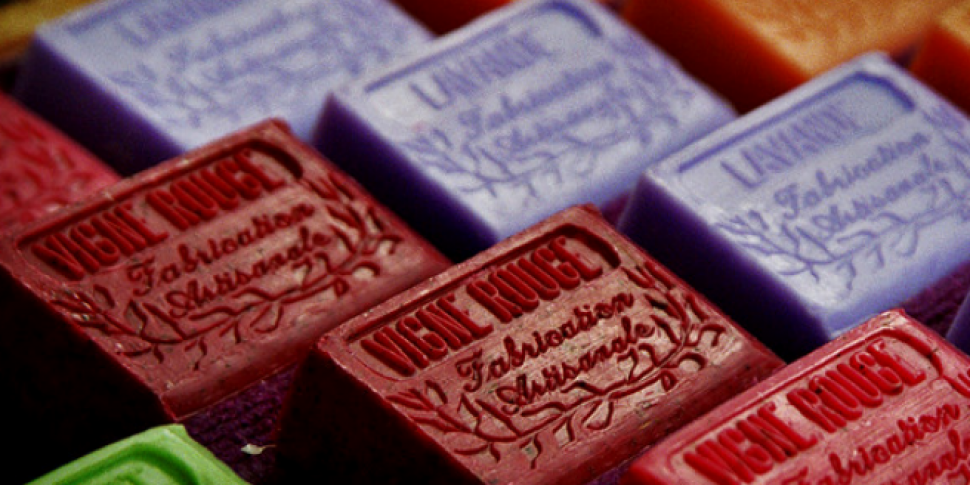Yesterday was International Tuberculosis Day, and while we might consider the disease a relic in this country, it still poses a serious threat to millions of people all over the world.
On today’s Moncrieff, Sean talks to Prof Salmaan Keshavjee, a professor of Global Health and Social Medicine at Harvard Medical School about TB, how we treat it, and why it is still an issue.
Tune in live today at 2.45pm: http://www.newstalk.com/player/
For more than 100 years, health officials all over the world have been espousing the virtues of washing our hands with soap as one of the most effective ways of stopping the spread of contagious diseases and infections.
But did you know that when you wash with soap, the result is physical, as contrary to common belief, soap doesn’t kill the microbial germs lurking on your hands – it just removes them.
All day, every day, your hands are at the forefront of a game of biological warfare, picking up and coating your skin with bacteria and viruses from almost everything we touch. Grabbing the rail on the bus, typing away at your office computer, and even scrolling through an article on a newly-launched app on your smartphone is widely acknowledged as subjecting your hands to filth – and we’re not talking about the content of Newstalk’s articles.
And that’s not even taking account of the door handles, lift buttons, coins and credit card transactions, or shaking the hand of colleagues or strangers when you meet them. Public toilets are covered in bacteria, even the individually dispensed paper towels you use to dry your hands after washing them are a breeding ground for bacteria floating through the air every time somebody pushes the flusher.
But don’t panic and lock yourself inside a hermetically-sealed bubble just yet – most microbes are entirely harmless to human beings, while others are an essential part of our well being. So it’s no bad thing that they are literally everywhere.
And they enjoy staying around on our hands by clinging to the natural oils our skin produces, and if not removed by soap and water, will hang on for dear life while waiting for you to rub your mouth or nose or eyes, where they can enter the body and go wild.
So if soap doesn’t actually kill microbes, how does it actually do?
It’s a mixture of chemistry and friction – the soap breaks down the oil and the rigorous hand rubbing physically casts them away. The more soap you use and the longer you lather up and rinse it all away, the less oil and fewer microbes will still be hitching a ride on your thumbs.
The public-health consensus is that best practice involves washing your hands for at least 20 seconds every time, and is a highly effective way of shedding potentially hazardous microbes – regardless of the face that it doesn’t kill them.
There is still always the nuclear option of killing off the germs with an antibacterial soap, though research says that this is only minimally more effective than using regular soaps. And public health experts have expressed concerns that overusing antibacterial soap might be one of the reasons contributing to the spread of antibiotic-resistant superbugs – like the strains of TB ravaging the developing world.
[Reddit]









